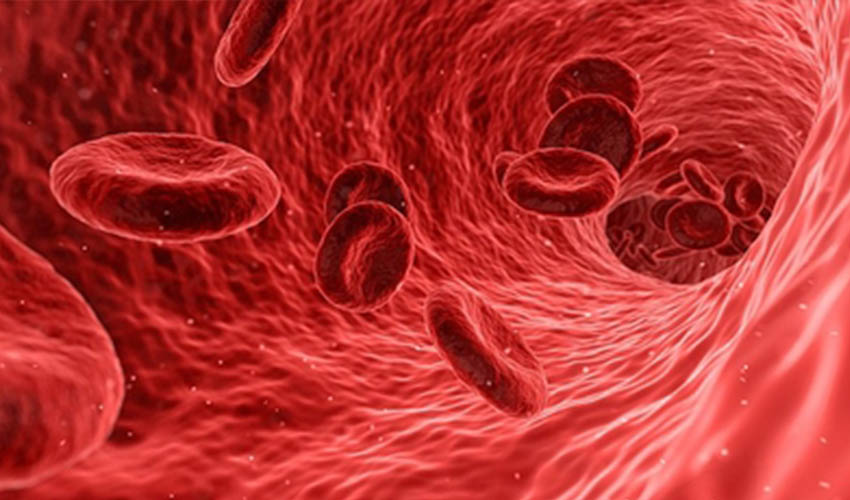Researchers develop 3D printed microrobots to deliver medication

At ETH Zurich, researchers have developed 3D printed microrobots that are capable of delivering drug payloads via blood vessels in the human body. These microrobots were created with a 3D printing technique that involves interlocking multiple materials in a complex way. The researchers believe such devices could one day revolutionize the field of medicine.
Underpinning the new manufacturing method is the expertise of ETH Professor Salvador Pané. For years, he has been working with a high-precision stereolithography 3D printing technique that produces complex objects on the micrometre level. The ETH scientists applied this method to produce a template for their micromachines. These templates have narrow grooves that can be filled with the chosen materials. Using electrochemical deposition, the scientists fill some of the grooves with metal and others with polymers before ultimately dissolving the template away with solvents, ending up with a micromachine.

Computer graphic of a microvehicle with iron wheels (gold) and a polymer chassis (red). The vehicle measures just 0.25 millimetres long | Images via Alcântara et al. Nature Communications 2020
Micromachines are powered from outside the body using magnetic fields, which means they must have metal parts installed. “Metals and polymers have different properties, and both materials offer certain advantages in building micromachines. Our goal was to benefit from all these properties simultaneously by combining the two,” explains Carlos Alcântara, one of the two lead authors of the paper. Polymers, in contrast, have the advantage that they can be used to construct soft, flexible components as well as parts that dissolve inside the body. If medication is embedded in this kind of soluble polymer, it is possible to selectively supply active substances to certain points in the body.
Some of the 3D printed microrobots can be propelled across a glass surface, while others, depending on the polymer used, can float in liquid or on a liquid surface. The scientists are now planning to refine their two-component micromachines and experiment with other materials. In addition, they will attempt to create more complex shapes and machines, including some that can fold and unfold themselves.
Besides serving as transportation devices to distribute active substances, future applications of micromachines include treating aneurysms (bulges in blood vessels) or performing other surgical procedures. Another research goal is to make stents (tube shaped vessel supports) that unfold themselves and can be positioned at a specific place in the body using magnetic fields. You can find more information HERE.
What do you think of these microrobots? Let us know in a comment below or on our Facebook and Twitter page! Don’t forget to sign up for our free weekly Newsletter, with all the latest news in 3D printing delivered straight to your inbox!






